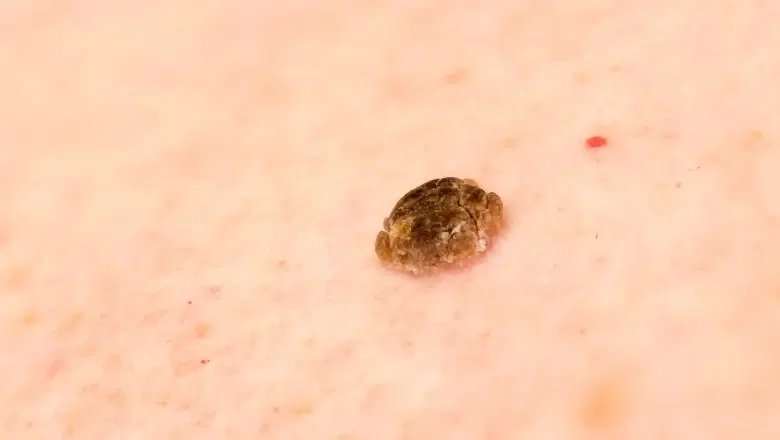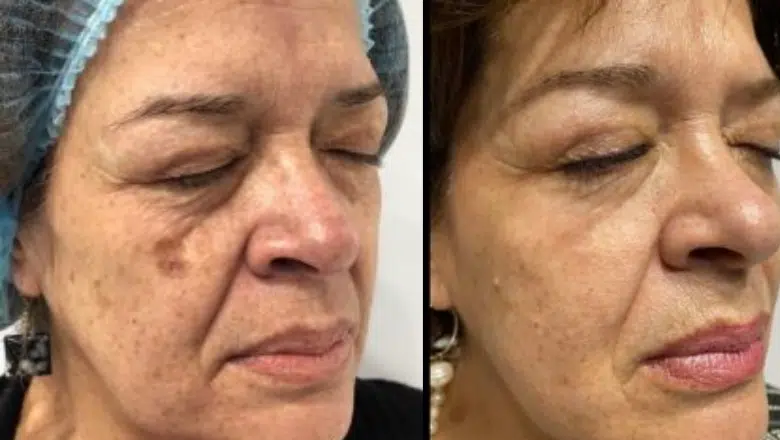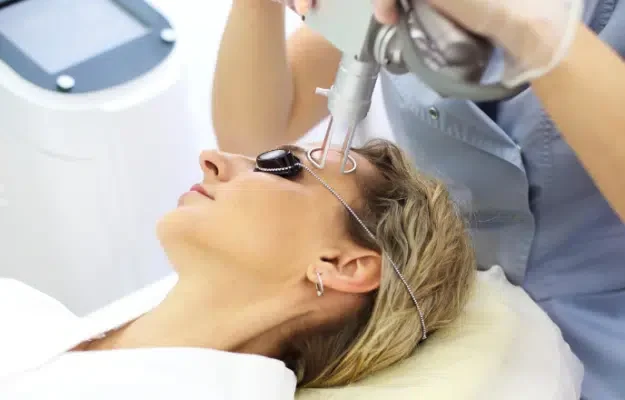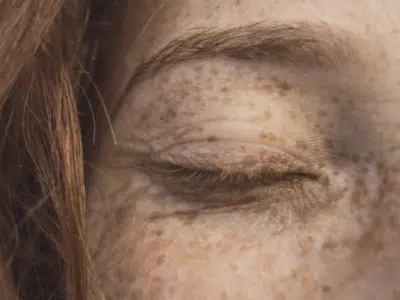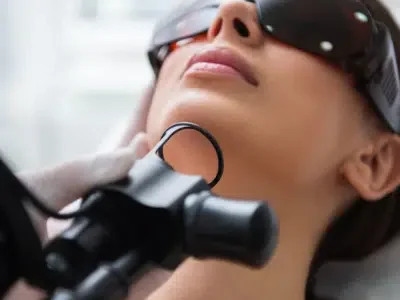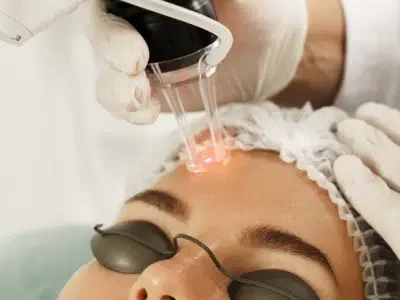Laser Seborrhoeic Keratosis Removal in London
Senile Wart Removal using Laser
Ageing and your family history might give rise to unwanted skin changes like seborrheic keratoses or senile warts. Even though they’re harmless, these dark, scaly outgrowths can make you self-conscious or become irritating when they rub against your clothing.
But don’t worry, at Centre for Surgery, we’ve got you covered. You don’t even need a referral from your GP to see us. We can remove your seborrheic keratoses, making sure you’re comfortable and satisfied throughout the process. From your initial consultation to post-treatment care, our skilled team is there to answer any queries and guide you. So you can say goodbye to those bothersome skin growths and feel confident in your skin again!
Seborrhoeic keratosis, also known as a seborrhoeic wart or senile wart, is a benign skin lesion often mistaken for a mole. While it used to be referred to as a ‘senile wart,’ this term has since been discontinued as it was found to be offensive to some patients. We frequently perform laser procedures to remove these harmless but potentially cosmetically displeasing skin growths.
Seborrhoeic keratoses, which can range in colour from pink to almost black, are usually rough to the touch. They can appear anywhere on the body but are most often found on sun-exposed areas such as the face and neck.
These skin growths typically start appearing from the age of 40 onwards, particularly in individuals who have frequently been exposed to sunlight. Despite their harmless nature, many opt to have them removed due to their potential to cause cosmetic concerns.
What is Seborrheic Keratosis (Senile Warts)?
Seborrheic keratosis is a common skin condition that is non-cancerous and usually harmless. It’s characterised by growths on the skin that are often light or dark brown, or sometimes black. These growths are usually raised and scaly and can appear anywhere on the body, though they’re most common on the chest, back, scalp or neck. They can also occur on the face or elsewhere on the body.
The size of these growths can vary. While some might be quite small, others can grow larger than 1 inch in diameter. You might have one seborrheic keratosis or you might have many, appearing on different parts of your body.
While seborrheic keratoses don’t usually require treatment, many people choose to have them removed for cosmetic reasons or because they can become irritated and bleed when rubbed by clothing.
Although they’re harmless, seborrheic keratoses can sometimes look similar to melanoma, a serious type of skin cancer. That’s why it’s important to have any new or changing skin growths checked by a doctor.
The exact causes of seborrheic keratoses are not known, but they’re believed to be linked to genetics and often start to appear from middle age onwards.
Seborrhoeic Keratosis Removal Photos
Causes of Seborrhoeic Keratosis
Seborrhoeic Keratosis, often called senile warts, are caused by an excessive growth of normal skin cells. This condition tends to run in families but is not contagious, so you can’t catch it from someone else. Though they generally don’t pose a problem, they can occasionally become inflamed, particularly if they get snagged on clothing, like a zipper. If such inflammation doesn’t calm down, it’s wise to have a chat with your GP.
Once these warts develop, they won’t disappear on their own. Over time, especially as you get older, you might notice more appearing. They can range from a single wart or two to several hundred. These skin warts are more common than skin cancer and are typically easy to identify without the need for any complex tests. However, it’s always vital to see your GP if you notice any new or unusual skin lumps or discolouration to rule out any potential skin cancers.
Laser Removal of Seborrhoeic Keratosis
The removal of seborrhoeic keratosis is quite straightforward. These wart-like growths originate from the skin’s outermost layer and have no deep-rooted connections, making their removal almost scar-free when carried out by our expert dermatologists. Our clinic utilises the latest, state-of-the-art Erbium YAG laser technology. This laser is readily absorbed by water, making it possible to cause minimal thermal damage to the surrounding skin. Unlike the CO2 laser, the Erbium YAG laser is considered the gold standard for treating a wide range of superficial skin conditions.
At Centre for Surgery, our laser specialists have the expertise to conduct quick and pain-free removal of seborrhoeic keratosis using the Erbium YAG laser and the Fotona SP Dynamis system. This laser treatment replaces older, more traditional methods such as cryotherapy, curettage, and cautery, offering a significantly higher level of precision.
The removal process starts with disinfecting the area with an antiseptic solution. Then, we apply EMLA, a local anaesthetic, to numb the skin. As the laser is used to remove the keratosis, the layers are wiped off with a moist gauze sponge. This approach minimises skin trauma and significantly reduces the risk of scarring. We are committed to using only the best and most up-to-date techniques to ensure optimal results for our patients.
The removal of senile warts, a common skin concern, is remarkably straightforward and efficient, largely due to their origin in the skin’s outer layer. This characteristic significantly reduces the likelihood of scarring, especially when the procedure is conducted by a skilled professional equipped with the appropriate technology.
Our team of laser specialists is adept at performing swift and painless extractions of these warts using the advanced Erbium YAG laser. The precision offered by this laser technology is a key benefit, allowing for meticulous removal of the lesion while ensuring minimal impact on the surrounding healthy skin. This precision contributes to a quick healing process, significantly reducing any potential for skin discolouration or scarring.
We prioritise achieving optimal cosmetic results for our patients, which is why we employ the latest in laser technology for these procedures. Our approach ensures that even the simplest of lesions are removed in a way that promotes rapid healing and maintains the natural appearance of the skin, aligning with our commitment to provide the highest standard of care in all treatments.
Seborrheic Keratosis Removal with Surgery
The first step in the process of removing your seborrheic keratoses involves an initial consultation with one of our specialists. This meeting will include a thorough examination of your skin growths and a discussion about your medical history. If it’s deemed necessary to remove the seborrheic keratoses, we will then schedule an appointment for you.
We understand that even minor procedures can cause some anxiety, so we strive to make the experience as comfortable and painless as possible for you. To do this, your doctor will administer a local anaesthetic. This might cause a brief, mild sting, but after this, you shouldn’t feel any pain. Once the area is numb, your laser specialist will proceed with the surgical removal of your seborrheic keratoses.
Scarring from the procedure is generally minimal. You might notice that the skin where the seborrheic keratoses were removed is lighter in colour, but this difference will fade over time.
The recovery period after seborrheic keratosis removal is typically brief. You should be able to get back to work and resume your normal activities straight away after your procedure. However, your doctor may advise you to refrain from any strenuous exercise for about a week. This precaution helps to avoid any accidental injury to the treated area and supports your healing process.
Traditional Methods of Removing Seborrhoeic Keratosis
The journey of treating seborrhoeic keratosis, a common skin condition, has seen significant evolution over the years, transitioning from traditional methods to more advanced and precise laser techniques.
In earlier times, the primary method for treating smaller lesions was cryotherapy, which involves applying liquid nitrogen to freeze the affected skin area. This method, though effective, came with a notable lack of precision, especially when compared to laser treatments. One of the major drawbacks of cryotherapy is its tendency to affect skin pigmentation. This issue arises because the freezing process can disturb the pigment-producing cells located in deeper skin layers. While this might not pose a severe problem for individuals with lighter skin, it can lead to conspicuous cosmetic changes in those with darker skin tones, sometimes more noticeable than the lesion itself. Additionally, cryotherapy carried the risk of incomplete removal, as dermatologists had to balance between adequately freezing the lesion and avoiding skin burns, often leading to partial removal and persistence of the lesion.
Another traditional approach, especially for larger warts, was the use of curettage and cautery. This method involves scraping off the lesion and burning the area to ensure removal. Similar to cryotherapy, curettage and cautery lacked the precision and control offered by laser treatments. The technique posed a higher risk of damaging the underlying skin and was particularly challenging to apply effectively to larger lesions.
The advent of laser treatments, particularly the use of the Erbium YAG laser, has significantly addressed these drawbacks and risks associated with traditional methods like cryotherapy, curettage, and cautery. The precision, control, and minimal risk of skin damage or pigmentation changes offered by laser treatments have led to their preference over older methods, marking a significant advancement in the approach to treating seborrhoeic keratosis.
Seborrhoeic Keratosis Removal at Centre for Surgery
The procedure begins with a comprehensive consultation, where our experts assess the state of your skin growths and discuss the most suitable treatment plan. The actual removal is carried out under local anaesthetic, minimising discomfort. The laser targets the growth, eliminating it without causing significant damage to the surrounding skin.
Our approach ensures minimal downtime, allowing you to return to your daily routine immediately after the procedure. We emphasise post-procedure care, advising on the best practices to maintain your skin and avoid recurrence. At Centre for Surgery, we pride ourselves on providing personalised care, striving for the best outcomes while prioritising patient safety and comfort.
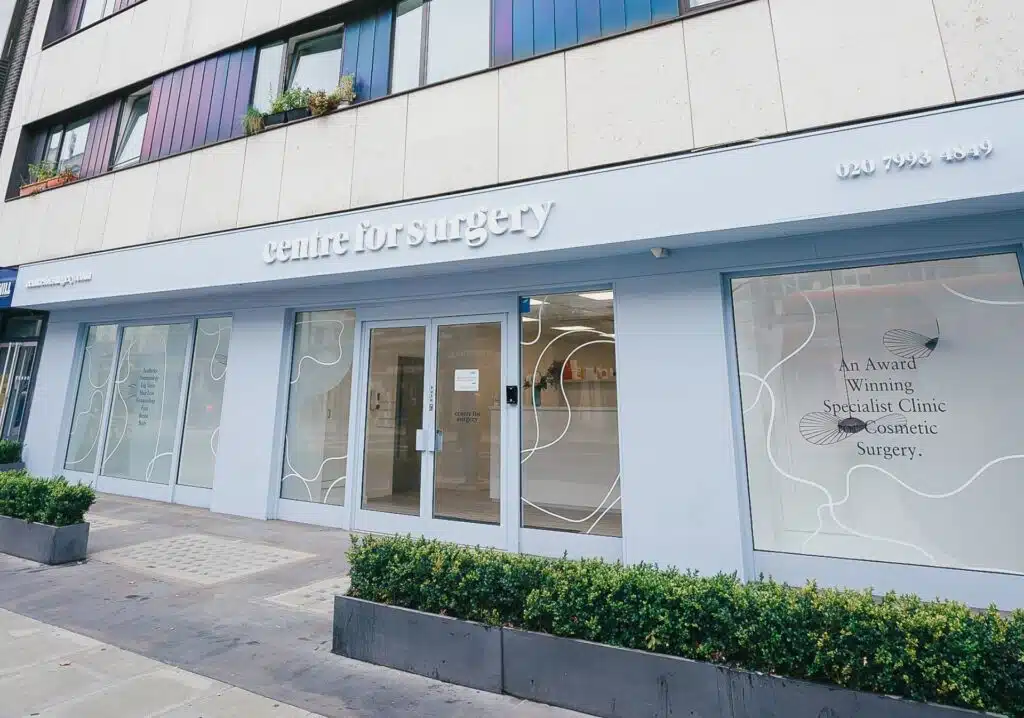
FAQs
-
How much does Seborrheic Keratoses Removal cost?The price of a seborrheic keratoses removal treatment can vary based on your specific needs and circumstances. Factors such as the size, number, and location of your skin growths can impact the complexity of the procedure and hence, its cost. It's important to remember that a personal consultation with one of our doctors at Centre for Surgery is necessary to assess your condition and devise a tailored treatment plan. Following this assessment, you will receive a solid quote for your procedure, providing a clear idea of the expected financial commitment.
-
How Long Does Seborrheic Keratoses Removal Last?Once a seborrheic keratosis is fully removed, it generally won't reappear in the same spot. However, it's crucial to keep an eye on the treated area. If you notice a new growth resembling a seborrheic keratosis in the same location, don't delay seeking medical advice. This new formation could be a different skin condition that requires immediate attention. Remember, it's always best to play it safe when it comes to changes in your skin and seek expert advice promptly.

